Geely and Renault have completed the creation of a new joint venture powertrain business, known as Horse Powertrain.
The company is formed from Renault's existing Horse business, which produces engines for the Renault Group, and Geely's engine and transmission business Aurobay.
Horse Powertrain will supply multiple industrial customers including Renault Group, Geely Auto, Volvo Cars, Proton, Nissan and Mitsubishi Motors Company.
It will focus on producing low-emission hybrid and internal combustion engines, including the use of alternative fuels.
Both Renault Group and Geely expect to benefit from immediate scale effect and market coverage enhancement.
Luca de Meo, CEO Renault Group, said: “Today marks an important step in meeting the greatest challenges facing the automotive industry: the decarbonisation of road transport.
“Partnering with a leading company like Geely to create a new player with the capability and expertise to develop ultra-low emission internal combustion engines and high economy hybrid technologies is key for the future.
"Through Horse Powertrain, Renault Group can achieve worldwide leadership and scale in a sector representing more than 80% of its business.
“Together we will rise to meet the decarbonisation challenge with innovation at the forefront of our operations.”
Eric Li, Geely Holding chairman, added: “For the industry to reach net zero emissions in the next decades, global synergies, multiple technologies, and sharing of expertise, are crucial. That is why we are pleased that our partnership with Renault Group is reaching commercial reality today.
“Horse Powertrain will have the portfolio, scale and capacity to offer the low-emission solutions the automotive industry of tomorrow demands.
“Today’s launch marks a new chapter in sustainable mobility, and we at Geely are proud to play a part.”
Horse debuts new range-extender powertrain
A new range extender powertrain has been developed by the existing Horse business for use in cars and vans. It promises a range of up to 500 miles, with low environmental impact.
The powertrain has a zero-emission range of 124 miles, provided via a battery that is around half the size of one in a typical electric car. By using a small battery the powertrain provides significant cost savings, weight reduction, and reduced pressure on the critical mineral supply chain.
A small combustion engine works as an onboard power source for the vehicle’s battery, powering an electric generator. It maintains the charge level of the high-voltage battery, which is used to power the electric drive motor. This extends the vehicle's range to around 500 miles.
In contrast to traditional plug-in hybrids, the combustion engine never directly drives the vehicle’s wheels. When the battery’s state of charge is sufficient, the engine will automatically be turned off.
The vehicle’s battery can also be charged in a similar manner to an EV, using a public charger or domestic power supply.
When used with low-carbon fuels, Horse says the cradle-to-grave footprint of a vehicle powered by a range extender is comparable to an equivalent long-range EV.
The Horse Range Extender technology has been designed to work across any existing vehicle architecture, whether designed for EVs or traditional combustion engines.
The battery size, it says, provides greater flexibility of packaging, allowing greater efficiency in vehicle design.

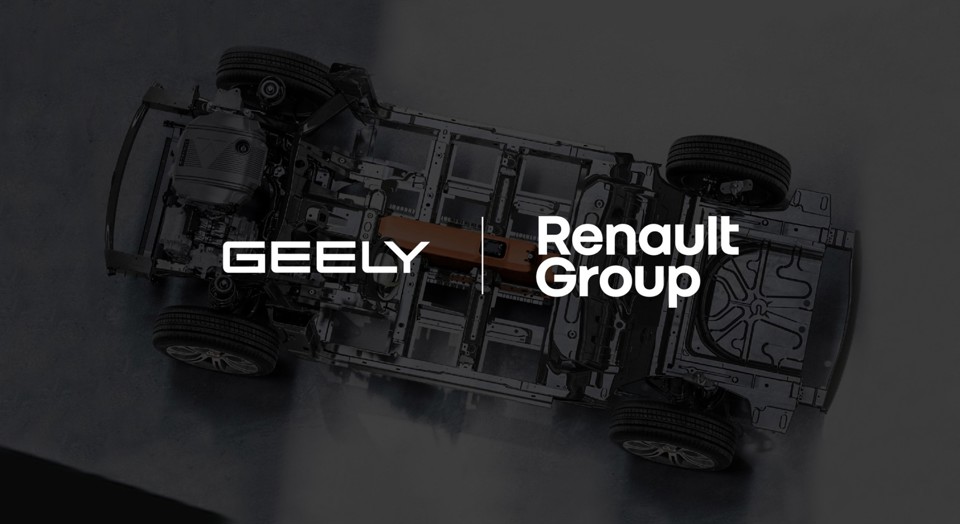


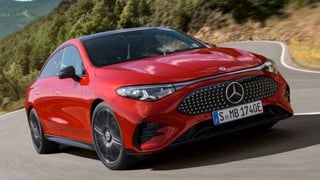
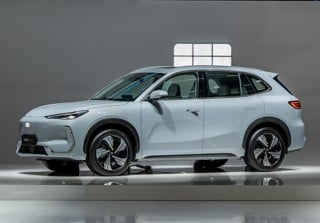

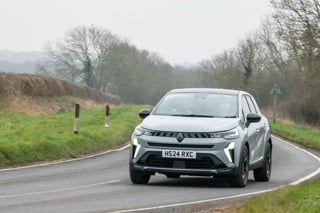
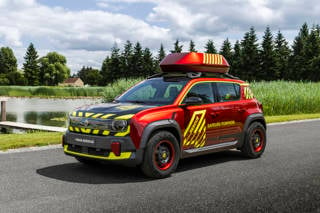











Login to comment
Comments
No comments have been made yet.